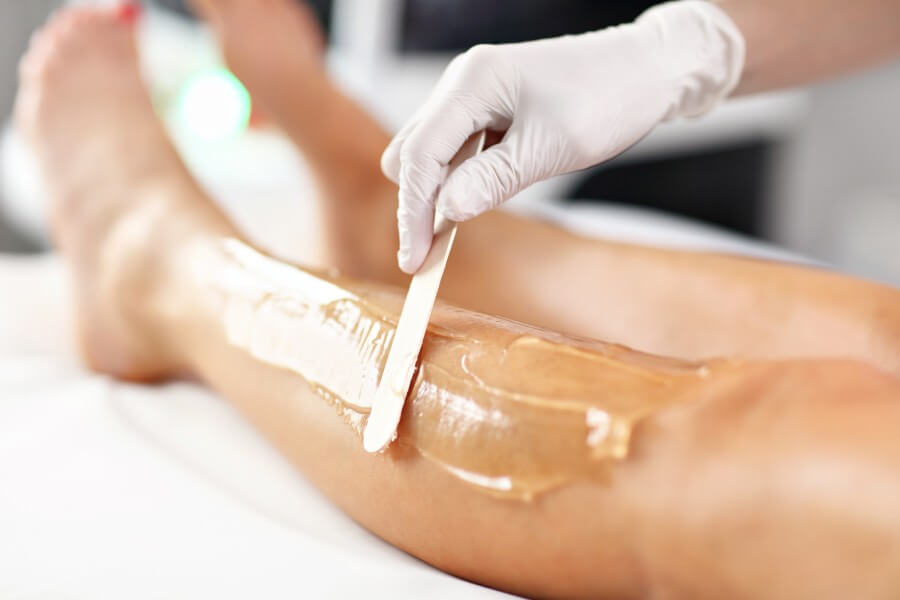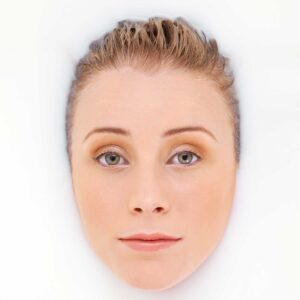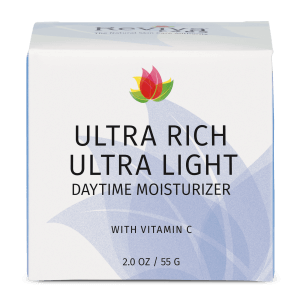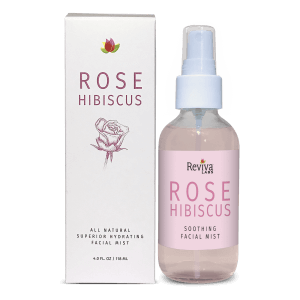Natural, Reviva Labs, Skin Care
What to Know Before Waxing Your Skin
Waxing is a popular method for removing unwanted hair that offers smooth and long-lasting results. To make sure you get the most from your experience, it’s important to know how to prepare your skin properly before as well as after your session. Whether you’re new to waxing or a seasoned pro, understanding the pre- and post-care routines can make a significant difference.
Preparing Your Skin for Waxing
Before you head to your waxing appointment, there are a few essential things you can do to prepare your skin. First, ensure the hair you want removed is at the optimal length for waxing, typically around a quarter of an inch. If the hair is too short, the wax may not grip it properly, and if it’s too long, the process can be more painful.
Also, make sure you’re not using certain ingredients that can make your skin more sensitive and prone to irritation. Retinoids, for instance, are widely used for their anti-aging and acne-fighting properties, but they can thin the skin, making it more vulnerable during waxing. If you’re using products containing tretinoin, adapalene, or retinol, you should stop using them at least a week before your waxing session.
Another category of ingredients to be cautious with are exfoliating acids like alpha hydroxy acids (AHAs) and beta hydroxy acids (BHAs). These ingredients can make your skin more sensitive as well as they remove the top layer of dead skin cells. While regular exfoliation is good to support your skin’s health, it’s best to avoid these acids a few days before waxing to prevent excessive irritation.
Keeping your skin hydrated prior to waxing is crucial. A well-moisturized skin allows for a cleaner hair removal process and reduces the likelihood of breakage, which can lead to ingrown hairs.
On the day of your waxing, make sure your skin is clean but avoid applying lotions, oils, or creams. These products can interfere with the wax’s ability to adhere to the hair. A simple wash with a gentle cleanser is sufficient to prepare your skin.
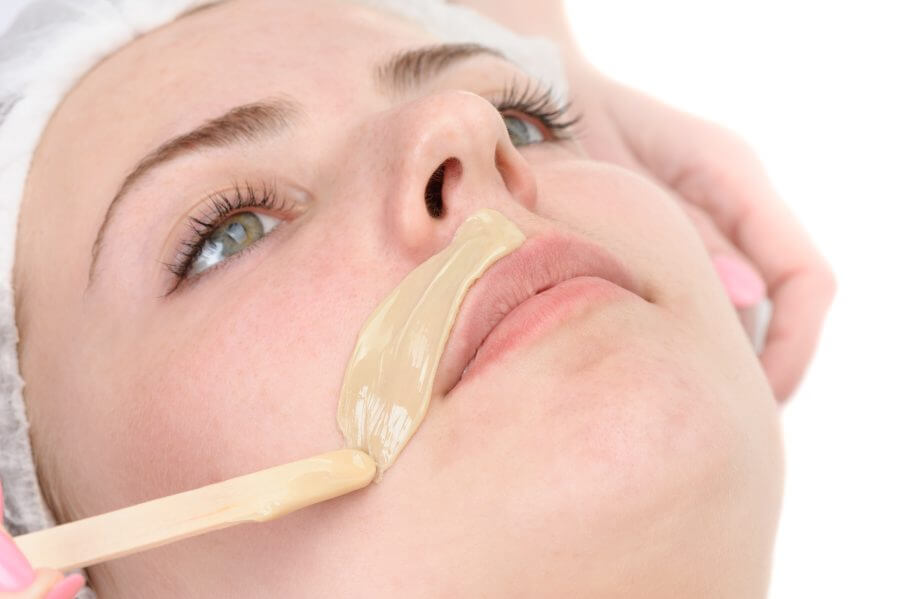
What to Expect During Waxing
Knowing what to expect during your waxing session can help alleviate some of the anxiety associated with it. Your esthetician will apply warm wax to the area and use a cloth or paper strip to remove the wax along with the hair. The process can be slightly painful, especially if it’s your first time, but the discomfort usually diminishes with regular waxing.
The type of wax used can also impact your experience. Hard wax is often preferred for sensitive areas like the face and bikini line as it adheres only to the hair and not the skin, reducing pain and irritation. Soft wax, on the other hand, is more commonly used for larger areas like the legs and arms.
Post-Waxing Skin Care
After waxing, your skin may be red and sensitive. Post-wax care is essential to ensure your skin recovers quickly and remains smooth and healthy. Applying a cold compress immediately after waxing can help reduce redness and swelling.
Avoid heat treatments such as hot showers, saunas, and steam rooms for at least 24 hours post-waxing, as they can exacerbate irritation. Fragrances and alcohol-based products are also best avoided post-wax. These can cause stinging and further irritation. Wearing loose clothing can also help to prevent friction and further irritation.
Ingredients and Products to Soothe Post-Waxing
To soothe your skin post-waxing, look for products containing calming and hydrating ingredients. Aloe vera is a classic choice for its cooling and soothing properties. Applying aloe vera gel can help to reduce redness and inflammation.
Try Reviva Labs’ Calming Renewal Serum and Calming Rejuvenation Crème for your post wax soothing routine. Both products are designed to nourish the skin with natural oils rich in essential fatty acids. Essential fatty acids like omega-6 and omega-3 can help seal in hydration and improve the appearance of the skin. These products also feature plant extracts like ashwagandha, shitake and turmeric to help calm and sooth the skin post treatment.
Post-Waxing Issues
Ingrown hairs are one of the most common problems after waxing. They occur when hair grows back into the skin instead of up and out. To prevent this, gentle exfoliation a few days after waxing can help keep your pores clear and free of dead skin cells. Use a soft washcloth or a gentle exfoliating product to avoid irritating the skin.
If you do get ingrown hairs, resist the urge to pick at them. Instead, apply a warm compress to the area to soften the skin and allow the hair to come to the surface. Over-the-counter treatments containing salicylic acid can also help by gently exfoliating the skin and reducing inflammation.
Hydration plays a crucial role in maintaining the health of your skin post-waxing as well. Dry skin is more prone to irritation and ingrown hairs. Applying a lightweight, non-comedogenic moisturizer regularly can help to keep your skin soft and supple.
Professional vs. DIY Waxing
Deciding whether to go to a professional or attempt waxing at home is a personal choice. Professional waxing offers the benefit of experienced estheticians who can minimize discomfort and ensure thorough hair removal. They also use high-quality wax and have the proper techniques to avoid skin damage.
DIY waxing can be more convenient and cost-effective, but it comes with risks if not done correctly. If you choose to wax at home, make sure to follow all instructions carefully. Use high-quality products and avoid waxing over the same area multiple times to prevent irritation and skin damage. Having someone to help can also make the process easier and more effective, especially for hard-to-reach areas.
When to Seek Professional Advice
While most post-waxing issues can be managed with proper care, there are times when it’s best to seek professional advice. If you experience severe redness, swelling, or signs of infection such as pus or increased pain, it’s important to consult with a dermatologist or your esthetician. They can provide specific treatments or recommendations to address these concerns effectively.
Long-Term Skin Care and Waxing
Consistency is key when it comes to waxing. Regular waxing sessions not only reduce hair growth over time but also make the process less painful. Adhering to a consistent skincare routine that avoids harsh ingredients and incorporates soothing, hydrating products will enhance the health of your skin and improve your waxing results.
Remember, everyone’s skin is different, and what works for one person may not work for another. Pay attention to how your skin responds to waxing and adjust your pre- and post-waxing care accordingly. With the right preparation and aftercare, waxing can be a relatively painless and effective method of hair removal, leaving your skin smooth and radiant.



